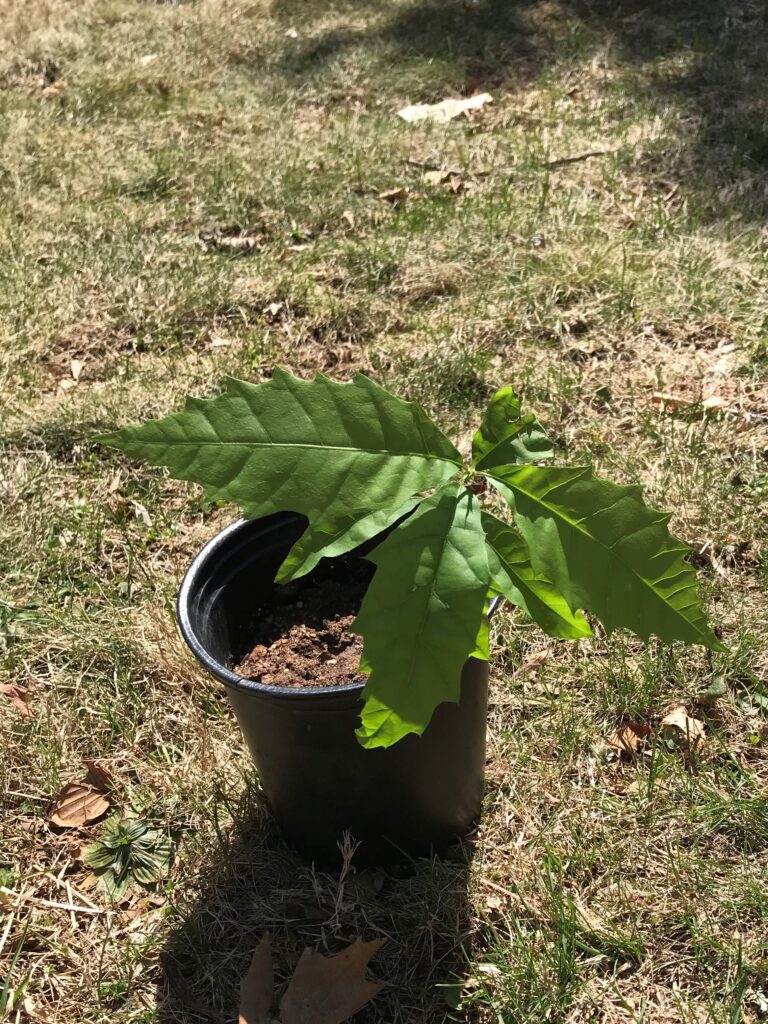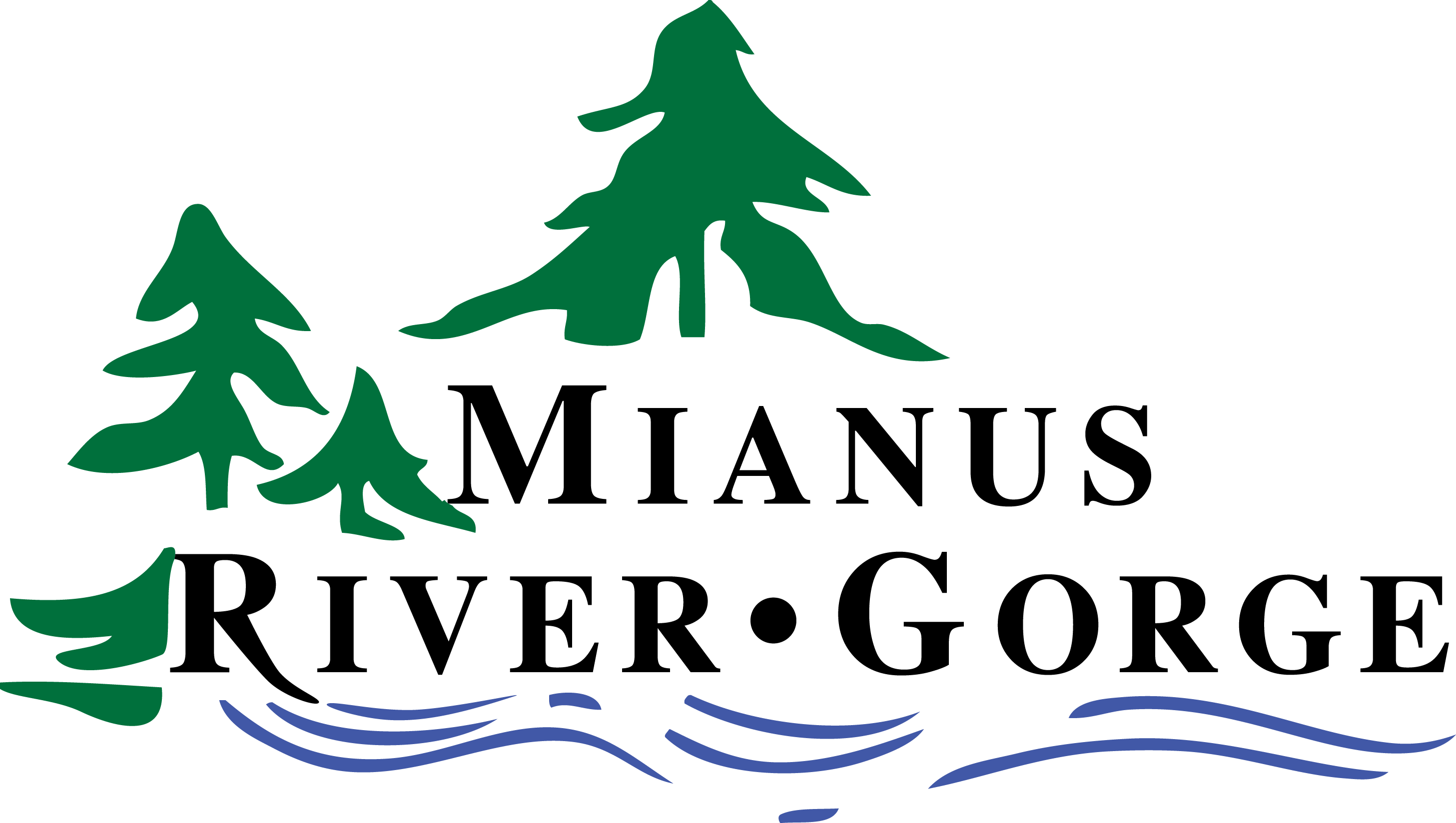
Since 2019, MRG has been involved in a partnership with the New York Chapter of the American Chestnut Foundation and SUNY ESF to begin the restoration of the iconic American chestnut.
American chestnut (Castanea dentata) was a keystone species of the eastern hardwood forest, as well as the tallest tree species in the east, until it was all-but-eradicated by an invasive fungi, Cryphonectria parasitica, known as Chestnut blight. The loss of the chestnut caused impacts all over the food web: wildlife dependent on the chestnut seeds declined, as well as their predators. Invertebrates and aquatic species were also impacted; the chestnut moth, a specialist pollinator of the tree, went completely extinct. Chestnut was important to people as well: its wood was valuable timber and the chestnuts themselves were used as food in many ways.
Blight arrived in New York in 1904 and within a few decades nearly exterminated the species. Now, wild chestnuts exist only as remnant stump sprouts that get infected and killed by the blight within a few years.
There have been many efforts to find or breed blight-resistant chestnut trees over the years. Most recently, the American Chestnut Foundation and researchers at SUNY ESF have developed a GM version of the American Chestnut that contains a single gene taken from wheat that provides protection from blight. The Cryphonectria fungus secretes oxalic acid to kill the tree’s tissue, which it then consumes. Using oxalic acid is a common “strategy” of many pathogenic fungi that infect plants of all kinds, and thus many plants have themselves evolved ways of countering this attack. Wheat has evolved the ability to produce an enzyme that neutralizes oxalic acid. By transferring the wheat gene that produces the acid-neutralizing enzyme into the chestnut genome, researchers have created a genetically modified chestnut that is nearly 100% C. dentata except, of course, for the one wheat gene.
The next step in the plan is to cross the single trans-genic line with as many wild chestnut lineages as possible. To that end, MRG and other partners all over NYS are planting wild-type (non-resistant) chestnut seedlings every spring. Although these wild-type trees will ultimately die from blight, we hope that these “mother trees” will grow and survive long enough to produce flowers. When the trans-genic tree is approved for release by the USDA (it is currently being evaluated), we can cross its pollen with the mother trees. Approximately half of the seeds subsequently produced by the mother trees will contain the resistant wheat gene, and these seeds will become the next generation of American chestnuts.
The point of the mother tree strategy is two-fold. First, it would take far longer to germinate and grow trans-genic seeds in the lab and then outplant them. Collecting pollen from the lab trees and then pollinating existing previously grown wild-type mother trees with the trans-genic pollen has a much higher growth potential, even factoring in the fact that half of the offspring will not be resistant – there is always far more pollen than seed.
Second, crossing with mother trees increases the overall genetic diversity of the new generation of chestnuts: while the trans-genic tree is from one single lineage, the mother trees are from many sources.
To avoid spreading blight within the site itself, any one site should not have too many mother trees. So we are not able to plant dozens or hundreds of trees. MRG currently has three chestnuts we planted in 2019; we will be planting up to 10 more this spring.
To learn more about the program, please visit:https://www.esf.edu/chestnut/ and https://acf.org/ny/
